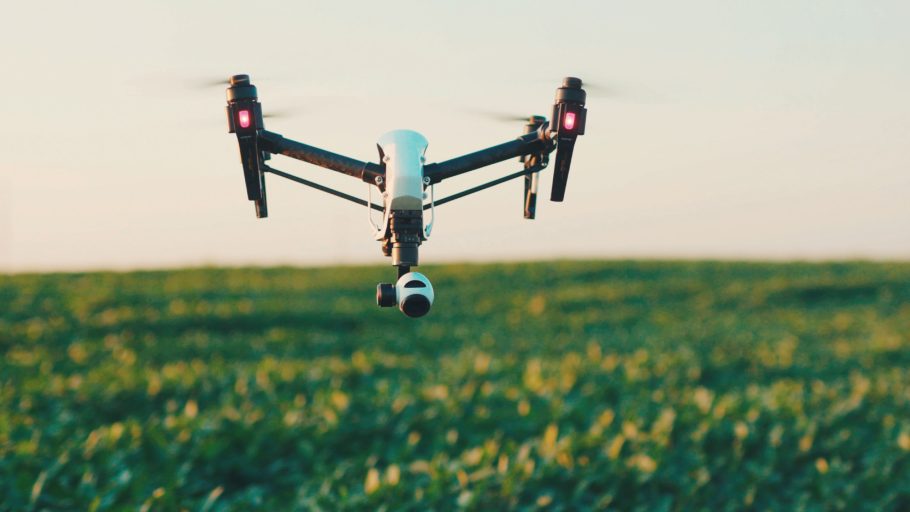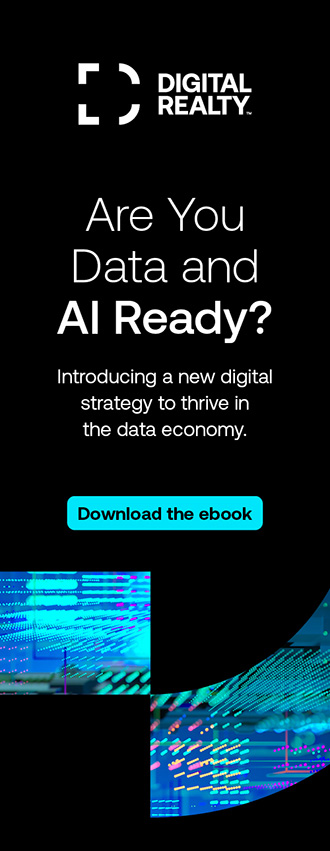5G rollouts are well underway around the world, and speculation, research, demos, and prototypes of 6G technologies have begun. As amazing as 5G is, with its speeds of10 gigabits per second or more, 6G-targeted to mature around 2030-will potentially be even more amazing: recent research demonstrates it can reach a transmission of close to 10 terabits per second over a distance of one kilometer by using vortex millimeter waves.
There are many superb applications already in existence for 5G. There are also some proposed applications that are incredible and unbelievable-as in literally not credible and not believable, or at least less likely to gain market traction.
5G, especially in the mmWave band, has been billed as “disruptive” and “transformative,” and 6G will be even more so. 5G mmWave speeds of 10-20 gigabits per second and latencies as low as a few milliseconds represent substantial improvements over 4G LTE. However, these advantages come with penalties, including a dramatic reduction in the radius of coverage around a base station: while 4G works within a range of up to ten miles, 5G might only function with less than a quarter mile radius, and possibly as little as a few hundred feet. It also has substantial difficulties in penetrating foliage and surfaces, like building exteriors. Even so, mobile network operators are placing their bets and investing tens of billions of dollars in spectrum licenses and infrastructure to see where 5G can take them in the market.
However, history is replete with examples of incredible technological breakthroughs that failed in the marketplace. Just because something can be done doesn’t mean that it should be done, or that anyone will pay for it. It is therefore worth considering which business and consumer applications may gain traction in the marketplace, and thus drive complementary products and services like edge computing, bandwidth, and interconnection when thinking about where to place those bets. Rather than focus on an impressive performance gain—such as lower latency or higher bandwidth-that might apply to a portion of an innovation, we need to consider the total solution in a specific use case or scenario and the likelihood of adoption via customers willing to pay at (increased) price points that will provide a profitable return on investment.

Healthcare
5G’s lower latency is based in part on shorter transmission distances, but also on sophisticated engineering in areas like the protocols used in the Radio Access Network. A reduction to single-digit milliseconds has been claimed to enable telesurgery, where a patient in an isolated village located halfway around the world and without a doctor will now be able to receive care from a trained surgeon via a 5G connection for the surgeon and for the surgical equipment.
However, this setup ignores the fact that integrated access and backhaul approaches to deployment mean that multiple hops across an access mesh may be required, which increases the actual radio access network time. Worse yet, wide-area network latency of tens of milliseconds, or up to 150 milliseconds in the worst case, means that the total end-to-end response time may not be significantly impacted. It also requires imagining that the said remote village without a doctor will somehow have a multi-purpose robotic surgery device, 5G infrastructure, and a reliable WAN connection-and that this service and product grouping is more likely and accessible than the simpler solution of transporting the patient to a nearby city with better facilities.
A healthcare use case better suited to 5G advantages would be for emergency responders to provide high resolution video and other remote medical diagnostics to a specialist in the same city or geographic region. This video could be livestreamed at the scene or while in transit to the specialist from the ambulance or car over a mobile network so the specialist could guide emergency treatment until the patient reaches the hospital.
Media and entertainment
Enhanced Mobile Broadband-i.e., better service for consumers-is one main application area for 5G and the future 6G. Consumers will be able to get multi-gigabit bandwidth into their mobile phones for streaming or downloading. For example, consumers will be able to download an entire high-resolution movie in a matter of seconds, or get 4K, 8K, or 16K resolution videos streamed to their phones.
However, the demand for speed-downloading seems to be limited to people standing in jetways who suddenly realize that the movie selection on the flight may be limited and they therefore need to download a movie or three before they board. After all, most users stream their media. The only reason to download on a mobile device would be if there was an expectation of loss of coverage, such as when boarding a plane to cross the Pacific or perhaps leaving the city to set out on a safari. While streaming a higher resolution video sounds great, small-form factors on handheld mobile devices-including folding ones-currently create limits to the usefulness of higher resolution displays.
A media and entertainment scenario that might be more suited to 5G would be mobile news reporting. A reporter armed with a connected camera could capture live video in 8K or 16K to broadcast or stream to high-resolution large-screen TVs (or to producers who can down-sample or edit for display on lower resolution devices). Another use case likely to gain traction as goggles and headsets become increasingly comfortable to wear for extended periods is Augmented Reality, where to be useful, video captured must undergo image processing and be combined with external data in extremely short intervals of only tens of milliseconds.

Agriculture, construction, mining, and energy
Doosan, together with LG Uplus, demonstrated live remote control of a mine excavator in South Korea from an operator in Germany. By replacing 4G connections at both ends with 5G, a reduction in latency was achieved. Clearly, response time is an important consideration in such distributed systems, and tele-operation can be beneficial in hazardous situations (like coal mines) or achieving economic benefits (like having one remote operator manage multiple machines). Likewise, a 5G drone equipped with high-resolution video could acquire a live, high-resolution video stream, use AI to process it, and then fly closer to investigate potential disease or pests on a farm or damage to a pipeline, potentially alerting an expert in the process.
Unfortunately 5G mmWave signals have trouble making their way through leaves, much less deep subsurface rock. Furthermore, even without attenuation from foliage, it is unlikely that a mobile network operator would invest in public service for a remote farm or thousands of miles of pipeline-5G is more suited to more concentrated areas, like sports arenas or densely populated cities. Even with private 5G, an energy company or a farm, even an industrial one, will want to balance carefully any benefits from higher image resolution and lower latency if these benefits are at the cost of higher infrastructure expense and a dramatically reduced radius of coverage.
Unbelievable or un-believable?
It’s impossible to discuss every existing and possible use case of 5G in every industry. My point in showcasing these particular examples is not to imply emerging generations of mobile or wireless connectivity won’t be adopted; it’s to convey that successful deployments, innovations, and business models require careful consideration of the economics, practicality, and ubiquity of potential use cases—not hyperbole concerning specific performance characteristics. As we move toward the development and future rollout of 6G, these non-technological factors will remain of utmost importance.


